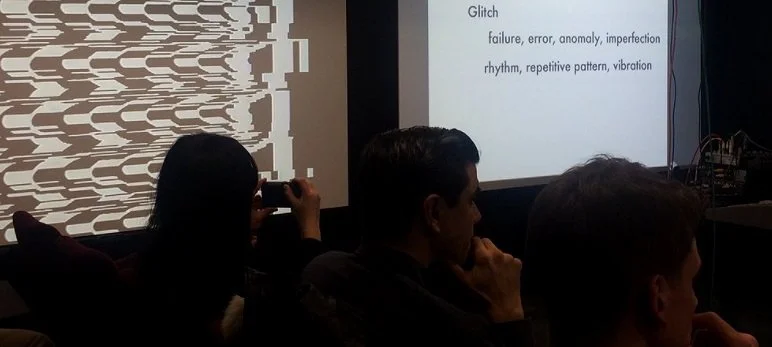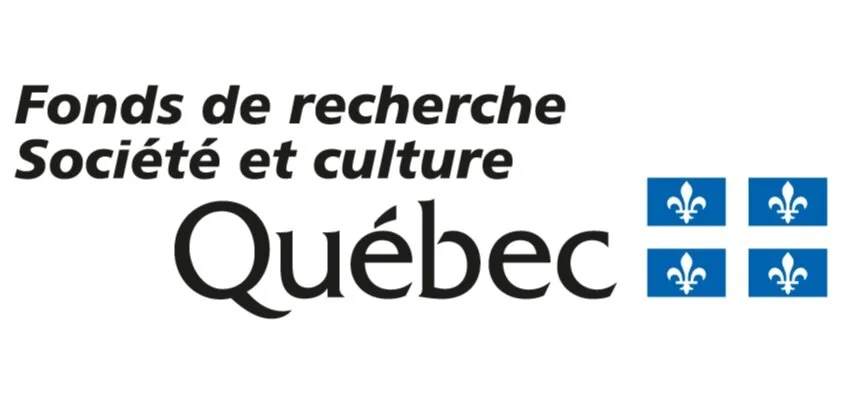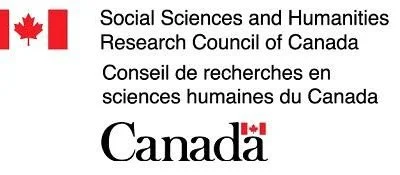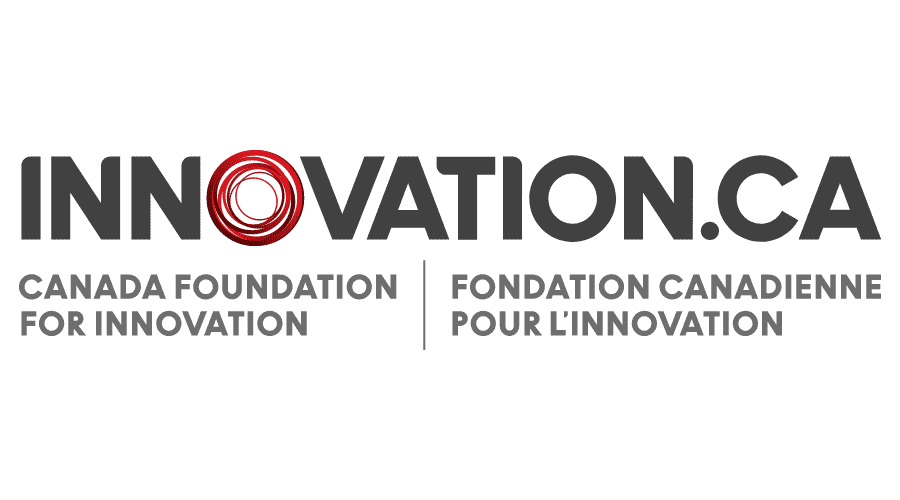About us
The MIRL is a research laboratory for the investigation of development in moving image technologies and understanding of the moving body. With the transition from celluloid to digital media, the discipline of film history is undergoing a fundamental transformation with far-reaching consequences; where researchers once specialized in specific directors, national traditions, movements, styles or epochs, the field is now expanding to examine the broader history of moving image technologies—their interaction with other domains of rationality (e.g. medicine, warfare) and their transnational circulation.
Founded in 2011 by Michael Cowan, Thomas Lamarre and Alanna Thain, the MIRL is currently home to a wide variety of project in media’s expanded fields, from research on post-digital screendance, the media of embodied risk, the embodied practices of XR/ VR and soft sites of cinema in the urban landscape.
Currently, the MIRL is co-directed by Alanna Thain (English) and Lisa Stevenson (Anthropology), with associate directors Diana Allan (Anthropology) and Vanessa Ceia (Languages, Literatures and Culture). The MIRL assembles researchers and practitioners working in around embodiment and moving image media and performance across McGill, in Montreal and around the world.
The MIRL was initially funded by a CFI Leader’s Opportunity Fund Award (2010) and by McGill University, and its research is sustained by funding from the Social Sciences and Humanities Research Council of Canada (SSHRC), the Fonds de Recherche du Québec - Société et Culture (FRQSC) and our other partners on ongoing projects.
Upcoming Events
Land Acknowledgement
The Moving Image Research Lab at McGill University in Tiohtià:ke/Montréal is located on the unceded traditional territory of the Kanien’kehá:ka peoples of the . This land was and is a site of meeting and exchange between nations and peoples, including but not limited to the Abenaki, Anishinaabeg (Algonquin) and Huron-Wendat.
Moving image media is both deeply intertwined with the practices and legacies of colonialism, and has served powerful site of creative liberation and self-expression for Indigenous peoples. We work always towards the goal of better cultivating our critical and creative practices towards feminist, decolonial and anti-racist ends, on ongoing and unfinished project.




